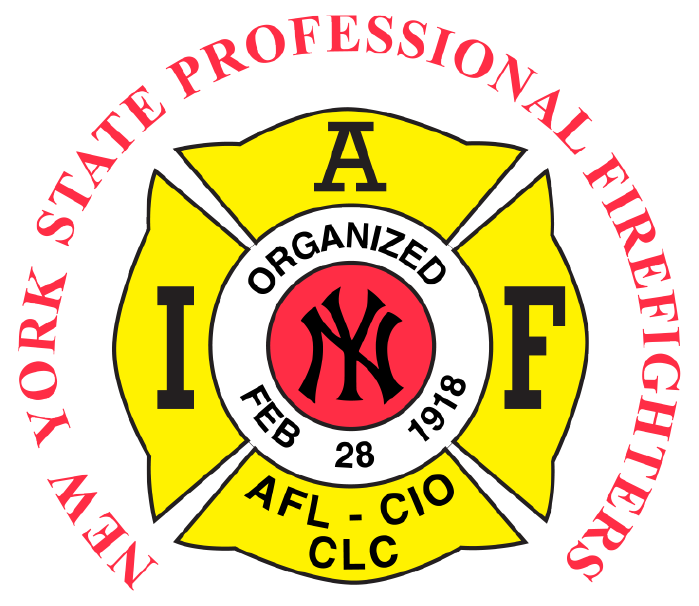Below are follow up notes to a conference call Saturday evening between IAFF, NYSPFFA and NYS government officials. This conference call, as well as others are our continued effort to look out for our members health and safety and overall best interests. The meeting lasted from appx 8:30pm till 10pm. The notes are below and who attended.
From: Sean DeNigris <district5@nyspffa.org>
Sent: Sunday, March 22, 2020 10:36 PM
To: ryan.greenberg@health.ny.gov; adam.helman@health.ny.gov
Cc: Sam Fresina <President@nyspffa.org>; Robert McClintock <rmcclintock@iaff.org>; Rebecca Wood <Rebecca.wood@exec.ny.gov>
Subject: Call Followup / Thank You
Thank you again for your time last night! I certainly learned a lot.
Here are the highlights / items for followup from my notes. Let me know if I missed anything...
- Weekly EMS agency calls (next one is Wed @ 3pm) - thanks for the invite; we would love to join!
- First responder work restrictions - NYS has a new EMS exposure guide out. It clarifies several things and we’re headed in a good direction. One important issue we feel is still open is the unique potential for high-risk first responder exposure e.g. via the close contact we inevitably have without PPE in our vehicles, stations, etc. I’m attaching the IAFF Guide which speaks to this (more below).
- PSAP
- Queries: we’re all on the same that symptoms alone at this point should trigger COVID19 flagging and responder notification (more guidance is better than less); now that we’re in community spread, travel questions are much less important, but it can’t hurt to ask (after more relevant questions); also agencies have started using COVID19 cards, which is a good thing
- Diverting non-emergency calls: Recent PSAP guidance speaks to this issue; NYC has partnered with Northwell - nurse triage line either helps directly or diverts to COVID19 hotline
- Reducing transports: the COVID19 algorithm and ET3 will hopefully be widely available soon
As mentioned on our call, awareness (e.g. self-monitoring, social distancing) and modified on-scene protocols should drastically limit high-risk first responder exposures. However, the “organized chaos” of emergency scenes and our residential on-duty living situation, makes it seem inevitable that some high-risk exposures will still occur. The second page of the guide explains it's motivation, but I’ll just give a little more detail on the example of the exposed firefighter we spoke about on the call:
- Prolonged: 24 hour shift
- Close contact: with 3 firefighters eg. on rig for several calls, training/etc in firehouse
- Confirmed COVID19: tested a few days later when symptoms worsened
- Symptoms w secretions: Runny nose
- Patient not wearing facemask; symptoms assumed to be seasonal allergies
- Others no PPE
While the exposed members in this case were told to keep working, we feel strongly that exposed responders in a case like this need to be quarantined. I would love your feedback on the guide. We have been advocating for local, county, and state adoption.
